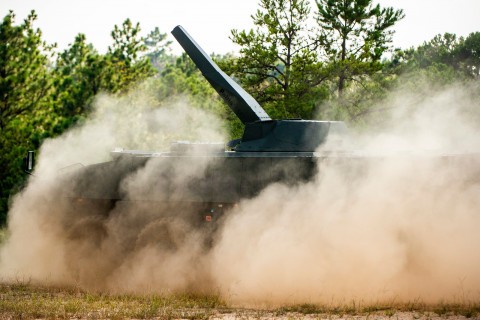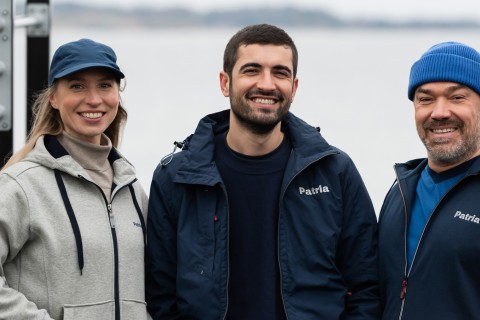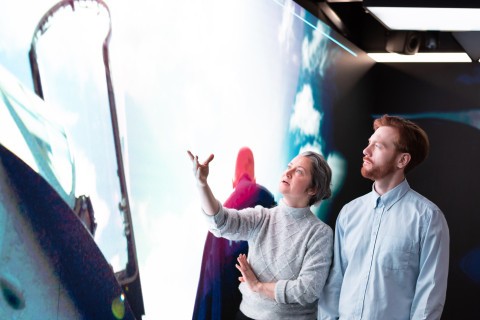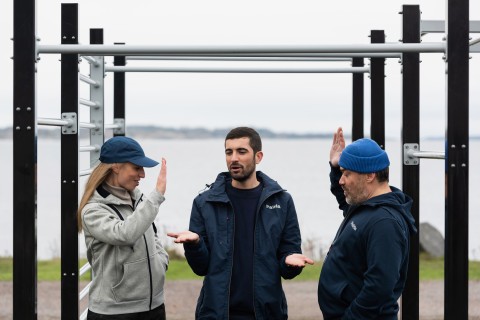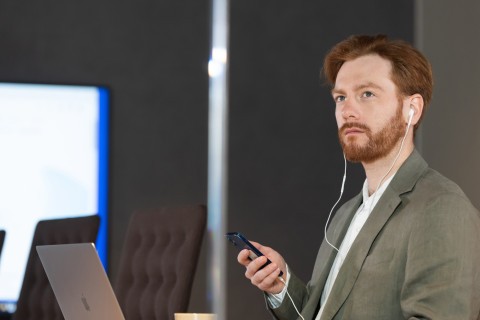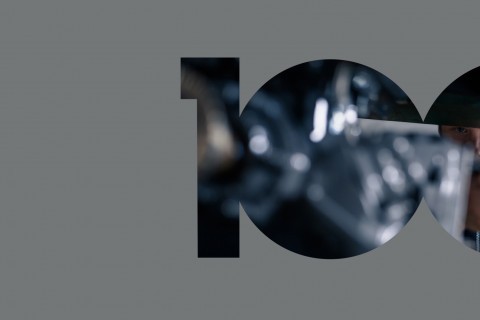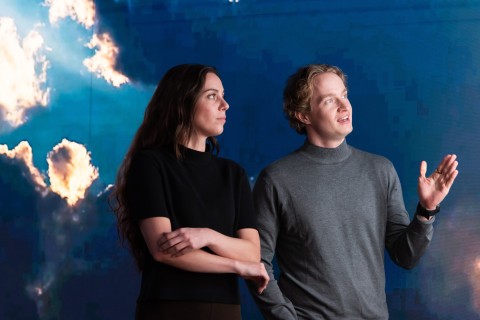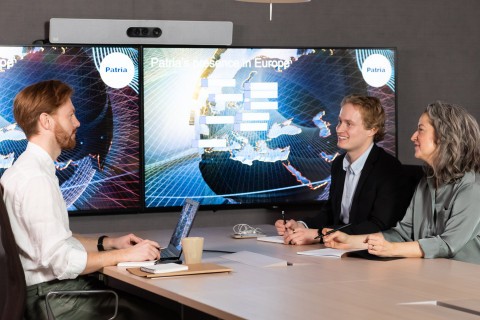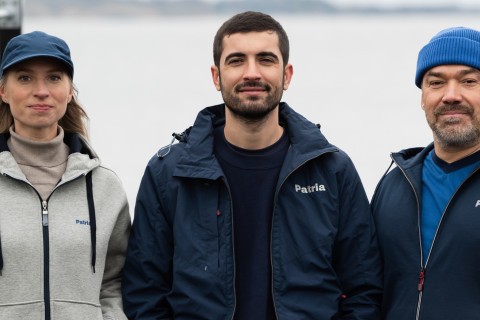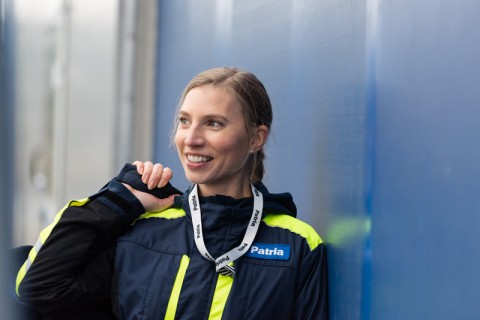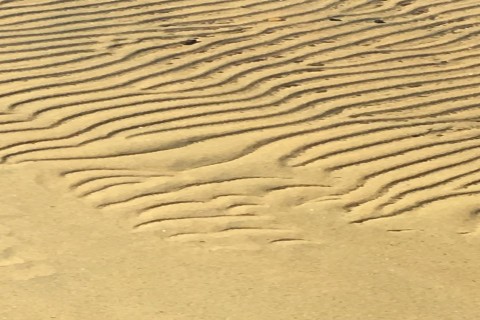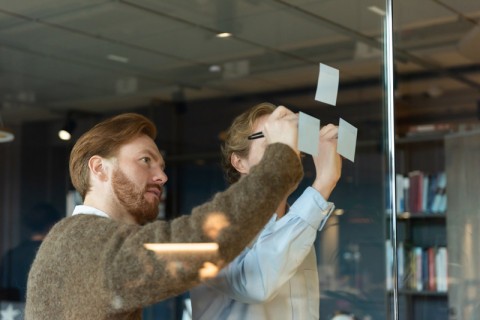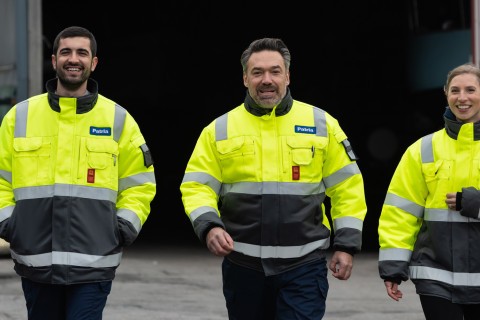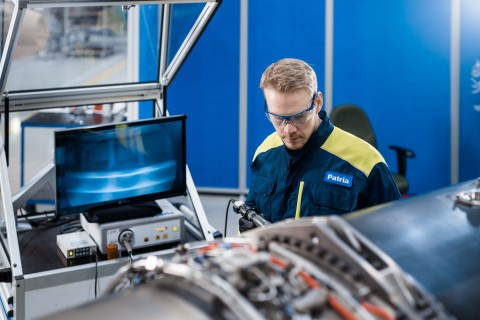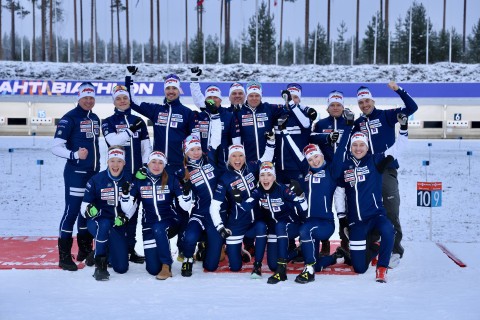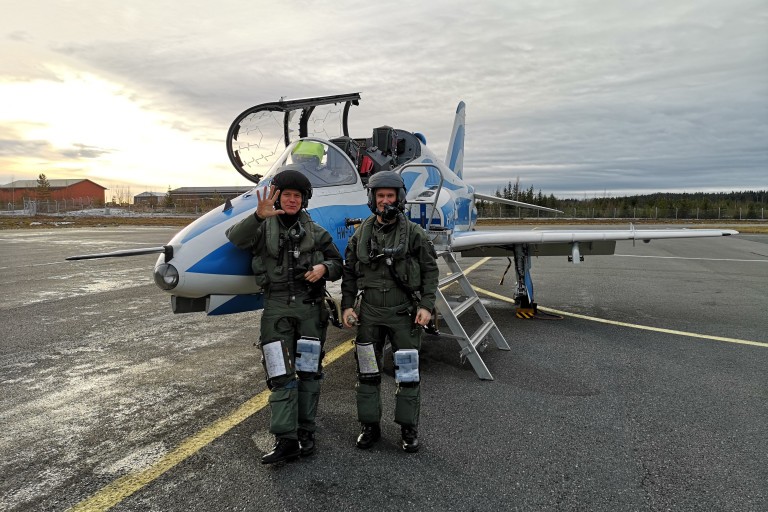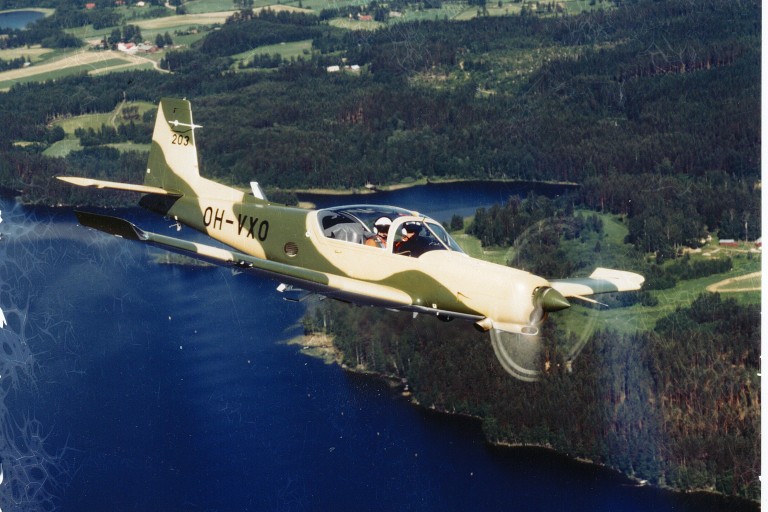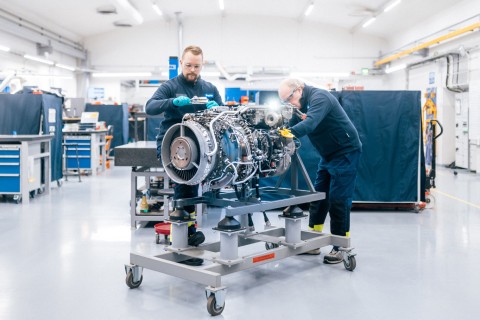
Patria was involved in European space projects for a long time – the expertise that the company gained from them has been very useful in the design and manufacture of aircraft structures.
Text: Matti Remes Photots: Patria
Finnish organisations were given the opportunity to participate in European space projects in the 1990s when Finland became a member of the European Space Agency (ESA) after its accession to the EU.
Prior to this, Patria had already engaged in background discussions on project participation – the first opportunity to get on board came with the XMM project, which developed an X-ray observatory for space launch.
Patria designed, manufactured and partly also tested the load-carrying structure of the satellite’s telescope. This structure included a telescope tube about seven metres in length. Special materials – especially extremely rigid carbon fibre composites – were used in its production.
Strict technical requirements
“Strict technical requirements were set for the structure – the optical bench had to remain extremely stable during operation. For instance, the tolerance requirements for deformation due to heat and moisture were stringent,” says Kari Marjoniemi, Senior Technical Manager at Patria, who participated in the XMM project.
The prime contractor of the XMM project was the German company Dornier Satellitensysteme, to which Patria supplied two structures from the Halli production facility in Kuorevesi. One of them was a Structural and Thermal Model (STM), the other the Flight Model (FM) structure that would be sent into space.
The satellite was launched in 1999 with an Ariane 5 rocket from French Guiana. The observatory is still transmitting data on X-rays from outer space. This data is used for purposes such as studying the birth of galaxies that are billions of years old.
Cooperation continued in the Rosetta project
Patria continued to work with ESA in the Rosetta project, which investigated the early development of the solar system. The project sent a probe to examine a comet in space. Patria was commissioned to design and produce the spacecraft platform structure and to carry out part of the structural testing.
Marjoniemi says that the most challenging aspect of the structural design was to achieve the required durability and load-carrying capacity while keeping the structure as light as possible.
“This kind of structure is subjected to the greatest loads during the launch of the rocket – the acceleration and dynamic forces as well as acoustic loads are enormous. In addition, the Rosetta platform structure was rather complex and demanding structural assembly,” he says.
The structure developed by Patria weighed only 240 kg. It accounted for about eight per cent of the total mass of the 3,000 kg spacecraft. This was achieved by mainly using aluminium sandwich panels for the structure – thickness of the thinnest aluminium skin plate was 0.2 mm (others were 0.3-0.5 mm in thickness).
Another Patria unit was responsible for the power distribution of the Rosetta spacecraft.
That was also a demanding job with special requirements – the spacecraft systems had to operate for a long period of time with low energy consumption during its long journey.
In order to conserve energy, the probe was fainted into hibernation mode and reawakened after for more than 2.5 years. This was an exceptional test of the functionality of Patria’s equipment.
Measuring instruments designed and made by the Finnish Meteorological Institute also represented Finnish expertise in the Rosetta project.
A successful outcome to a demanding project
Patria delivered the first Structural and Thermal Model of the Rosetta spacecraft platform structure in August 1999 and the Flight Model structure in January 2001.
Sakari Pasanen, Director, Business Development at Patria Aerostructures, says that the tight schedule of the project posed a big challenge in addition to the technical requirements.
“Like XMM, this was a really interesting project. As new players, we fortunately weren’t fully aware of all that we’d have to tackle and how challenging these projects really are.
“However, we’re really proud that we were able to rise to the occasion and that everything went excellently. We made the deliveries on schedule and met the specs,” says Pasanen.
Due to problems with the Ariane rocket, the launch of the spacecraft was delayed – it finally took off in March 2004. After travelling for almost 11 years, the spacecraft reached its destination – 67P/Churyumov-Gerasimenko, a comet about 540 million km from the sun.
“It was wonderful to see the images that Rosetta sent after travelling over such a long distance to its objective,” says Jukka Havusto.
Ultralight structures for solar panels
In addition to Rosetta and individual projects, Patria started looking into taking on an ongoing role in the space industry. The company found its opportunity as a subcontractor to Thales, the French manufacturer of solar power systems.
Patria was responsible for the development and manufacture of substrate panels for solar arrays. During a period of over a decade, more than a hundred back panels were delivered.
Havusto explains that these were ultra-light carbon fibre structures to which the solar cells were attached. The largest panels had a surface area of over eight square metres and the lightest were only eight kg.
“We were able to implement all of Thales’ plans, but to do so we had to develop special tools and manufacturing methods. The greater the challenge, the more enthusiastically we tackled it,” says Havusto.
Pasanen points out that by participating in ESA’s projects, Patria maintained and further developed its design expertise in demanding composite and lightweight structures.
“Thanks to these projects, we also bolstered our all-around expertise in product development processes.
From these space projects, Patria also gained valuable experience of serving in major international product development and R&D projects with partners from many different countries. Patria has been able to utilise this foundation and expertise for instance, in the design and manufacture of Airbus A380 spoilers and vertical stabiliser structures for the Airbus A400M military transport aircraft.
“At a technology company like Patria, acquiring and developing expertise and capabilities entails long-term work over years and decades,” says Pasane
|
XMM
|
Rosetta
|
